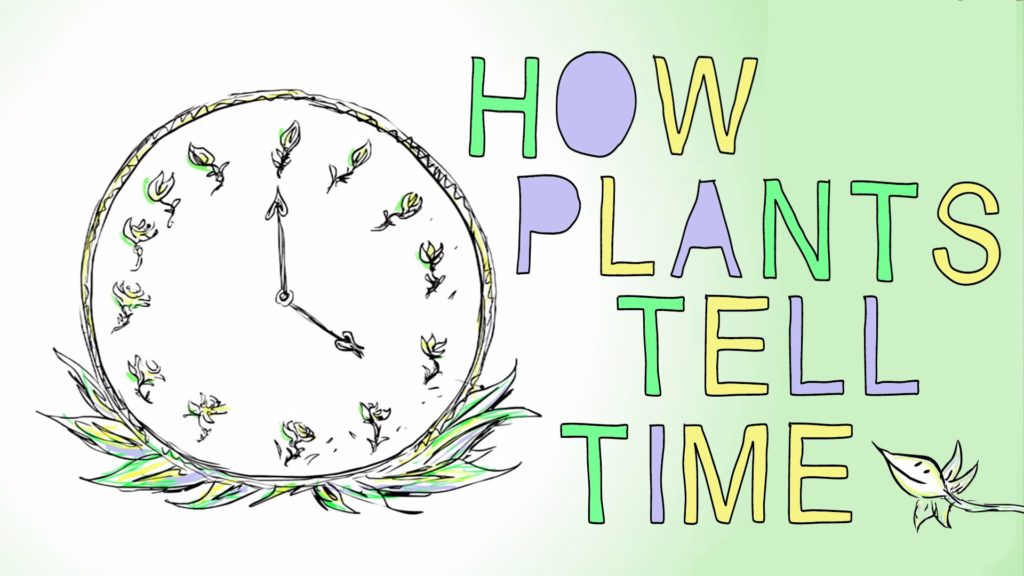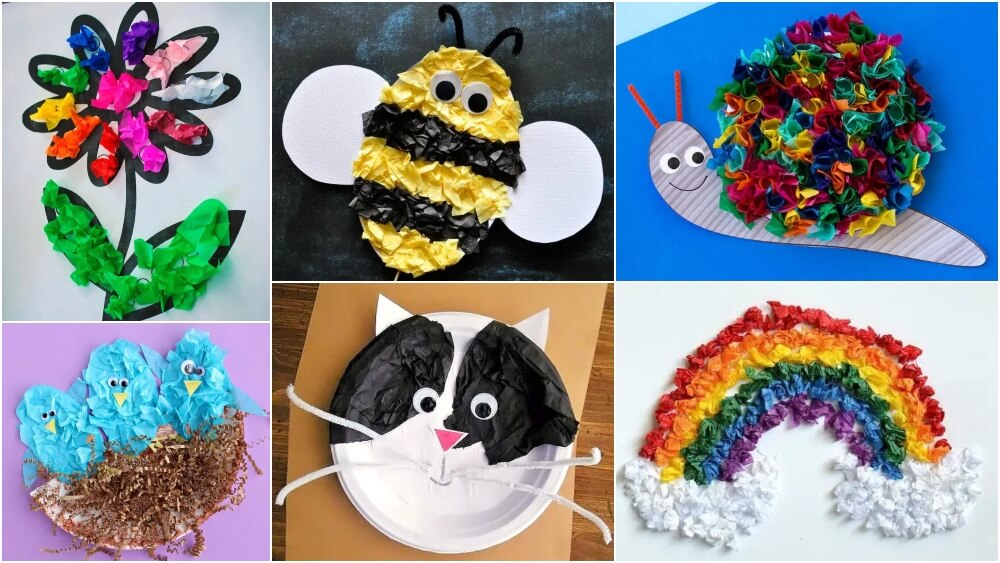How plants tell time

They are tons of plants that amble in the time with coming of day and night for example plants like closing white water lily signals that its afternoon, moon flowers only bloom under the night sky, legume tucks their leaves in the night which is termed as Nyctinasty. But how do they do it without possessing a brain?
Here temperature plays a prominent role in the response, the cool breeze in the night helps signal the plant’s reaction. In this process, a molecule called phytochrome absorbs light and it is also involved in a reversible chemical reaction where it switches between two forms
- Pr absorbs red light (~667 nm) and is immediately converted to Pfr.
- Pfr absorbs far-red light (~730 nm) and is quickly converted back to Pr.
As the day shortens the plant will gain less Pfr which will ultimately tell us what time of year it is, whereas Pr in the plant measures how long the sun has been gone as the Pfr decays to a level will know the Sun is about to return.
It possesses pulvinus, a region of bulbous tissue at the base of the leaf acting like a flexible joint where the turgor pressure flexes the joint like a muscle.
Similarly, many plants follow the process called heliotropism which helps leaves get more sunlight and the plant movements are oriented in a particular direction. It can also be controlled by turgor pressure that can make its move incessantly to track the sun throughout the day.
We know that sunflower faces the sun by growing one side of the stem at a time, in absence of the sunlight they reorient themselves to face east, and conventionally in the morning, the light-directed growth process resumes.
Did you know that a study at the University of Cambridge? on finding the sugar found in the chloroplasts of the plants produce helps them set their time to 24 hours, as they align their circadian rhythm according to the sun pattern and every morning the sugar metabolism cycle resets its clock and initiates its day Even a low co2 environment could slow down the clock inside of the plant.
All this pretty much will reveal how plants measure time, an accurate clock that will keep the plant pollinated and help it know when to hibernate or blossom.






Responses